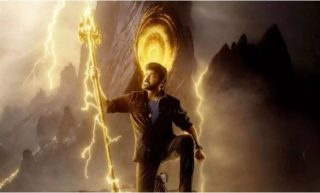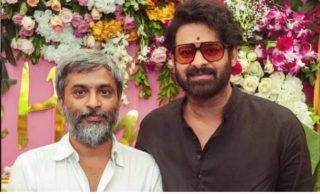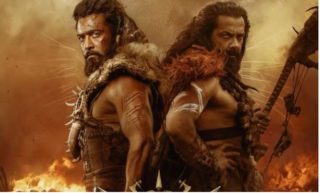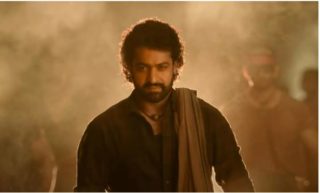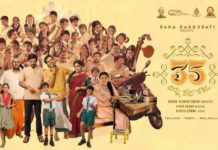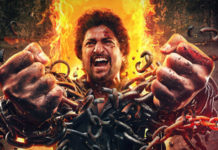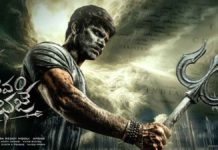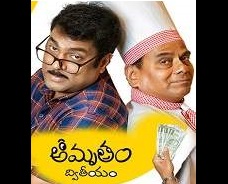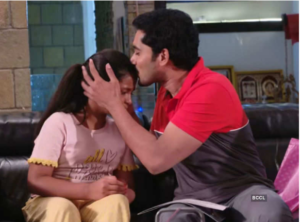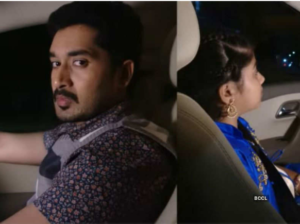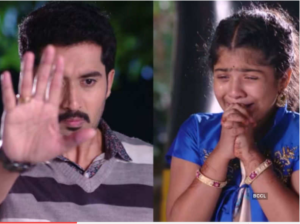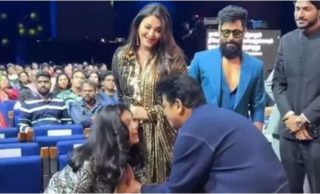
The highly anticipated sequel, “Indian 2,” marks the return of the iconic collaboration between universal hero Kamal Haasan and director Shankar. “Indian 2” is the follow-up to the groundbreaking 1996 social drama “Indian,” a film that continues to resonate with audiences today. As “Indian 2” prepares to hit theaters on July 12th, 2024, let’s revisit the fascinating journey of the original film.
Shankar, already garnering acclaim for his debut film “Gentleman,” found himself sought after by superstar Rajinikanth. During the production of “Premikudu,” Shankar began crafting a script titled “Periya Manushan,” envisioning Rajinikanth in the lead role. However, Rajinikanth’s busy schedule caused delays, leaving the project on hold.
Determined to bring his vision to life, Shankar reworked the script into “Indian.” Initial casting considerations for the protagonist Senapathi included actors like Rajasekhar, Nagarjuna, and Venkatesh. Tamil actors Karthik and Satyaraj were also approached. Ultimately, it was Kamal Haasan who, deeply impressed by the script, took on the dual roles of father and son.
Aishwarya Rai was initially considered for the female lead; however, scheduling conflicts forced the team to look elsewhere. Shankar, struck by Manisha Koirala’s performance in “Bombay,” offered her the role. Urmila Matondkar, fresh off the success of “Rangeela,” was brought in as the second lead, chosen by producer AM Ratnam to capitalize on her youth appeal. While Radhika was initially approached for Senapathi’s wife, the role ultimately went to Sukanya.
Kamal Haasan’s portrayal of Senapathi remains etched in cinematic history. At the time, around 40 years old, Haasan underwent extensive prosthetic makeup to convincingly embody a 70-year-old man. The process was physically demanding, requiring immense dedication from the actor. The film also featured the talents of Oscar-winning makeup artist Michael Westmore, who further enhanced Haasan’s transformation. In addition, Kamal Haasan underwent training in the martial art form “Marmakala,” adding another layer of authenticity to his performance.
Shankar, renowned for his embrace of technology, incorporated original footage of Subhash Chandra Bose into the film. “Indian” released on May 9th, 1996, and became a phenomenal success, shattering box office records in Kollywood. The film garnered critical acclaim, winning numerous National Awards, including the Best Actor award for Kamal Haasan. A.R. Rahman’s captivating music score, particularly the iconic song “Pachani Chilukalu,” played a pivotal role in the film’s enduring legacy.
The upcoming release of “Indian 2” serves as a testament to the lasting impact of the original film. As audiences eagerly await the sequel, it’s a fitting moment to revisit the remarkable journey that led to the creation of “Indian.”

